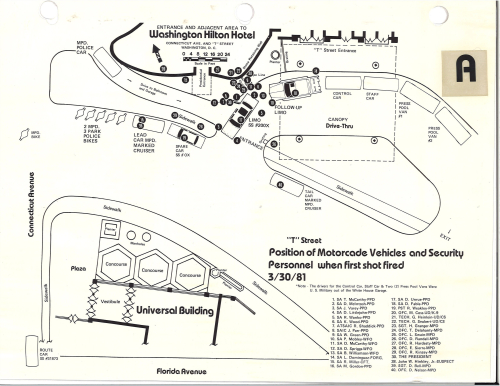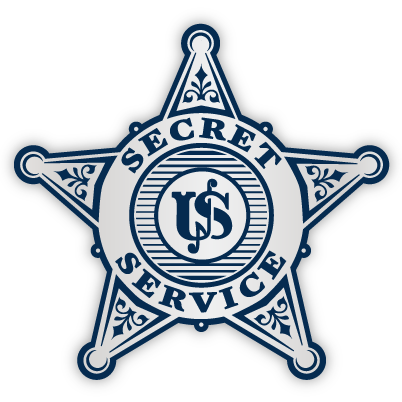
In April 2021, our nation marked the 40th anniversary of the attempt to assassinate President Ronald Wilson Reagan. On March 30, 1981, President Reagan and his Secret Service detail were departing from a midday speaking engagement at the Washington Hilton Hotel in Washington, D.C. when a lone gunman opened fire.

As the president neared his limousine, John Hinckley, Jr. began shooting from the crowd. Special Agent in Charge (SAIC) Jerry Parr and Assistant to the Special Agent in Charge (ATSAIC) Ray Shaddick pushed President Reagan into the limousine. While heading toward the White House, SAIC Parr examined the president and discovered that he was bleeding from the mouth. He directed SA Drew Unrue to divert the limousine to George Washington University hospital, where doctors discovered that the president had been shot and operated to remove the bullet.


Hinckley fired six shots. One hit White House Press Secretary James Brady in the head. Another struck Metropolitan Police Officer Thomas Delahanty in the neck. Special Agent Tim McCarthy was hit in the abdomen as he turned to shield the president. Two shots ricocheted off the presidential limousine. It was one of those two shots that hit the president under his left arm, grazing a rib and narrowly missing his heart. The sixth shot traveled across the street and penetrated a window.
Within seconds of the first shot being fired, Special Agent Dennis McCarthy dove across the street and landed on the would-be assassin as the presidential limousine departed the scene.

In June of 1982, Hinckley was found not guilty by reason of mental illness and was committed to St. Elizabeth’s hospital in Washington, D.C.
In the aftermath of the assassination attempt, SAIC Parr wrote a memo to his colleagues in the Presidential Protective Division, in which he noted the following:
“The events of March 30, 1981, which we will never forget, are now a part of American history. The pride and admiration I feel for each of you moves me deeply. All of our actions together in that incredible moment, were professional and instinctive. Training can only do so much. It takes a more profound motive to respond the way Tim McCarthy did. It was a response, self-sacrificial in nature, which all Americans in general, current and future agents in particular, will write about and think about for as long as this Agency exists.
Upon reflection, I believe the events of March 30 represent all that is worst in man and at the same time all that is best. Life is lived forward, but understand backward, and in the many paths to maturity the loss of illusions is part of that most human process.
As each of us move apart physically in time from that terrible moment, we are bound together by the sound of gunfire and the sure and certain knowledge that, in the words of William Faulkner, we not only endured, but we prevailed.”While the events of that afternoon, now 40 years removed, may begin to fade from the minds of most Americans, it is worth recalling and acknowledging the heroic response of the highly trained agents who acted swiftly and with purpose to fulfill their sworn duty and secure their protectee.
Special Agent Mary Ann Gordon
Read more about to crucial role played by Special Agent Mary Ann Gordon, the Secret Service’s lead transportation agent that day, and the first woman ever assigned to the agency’s Presidential Protective Division. Read more

